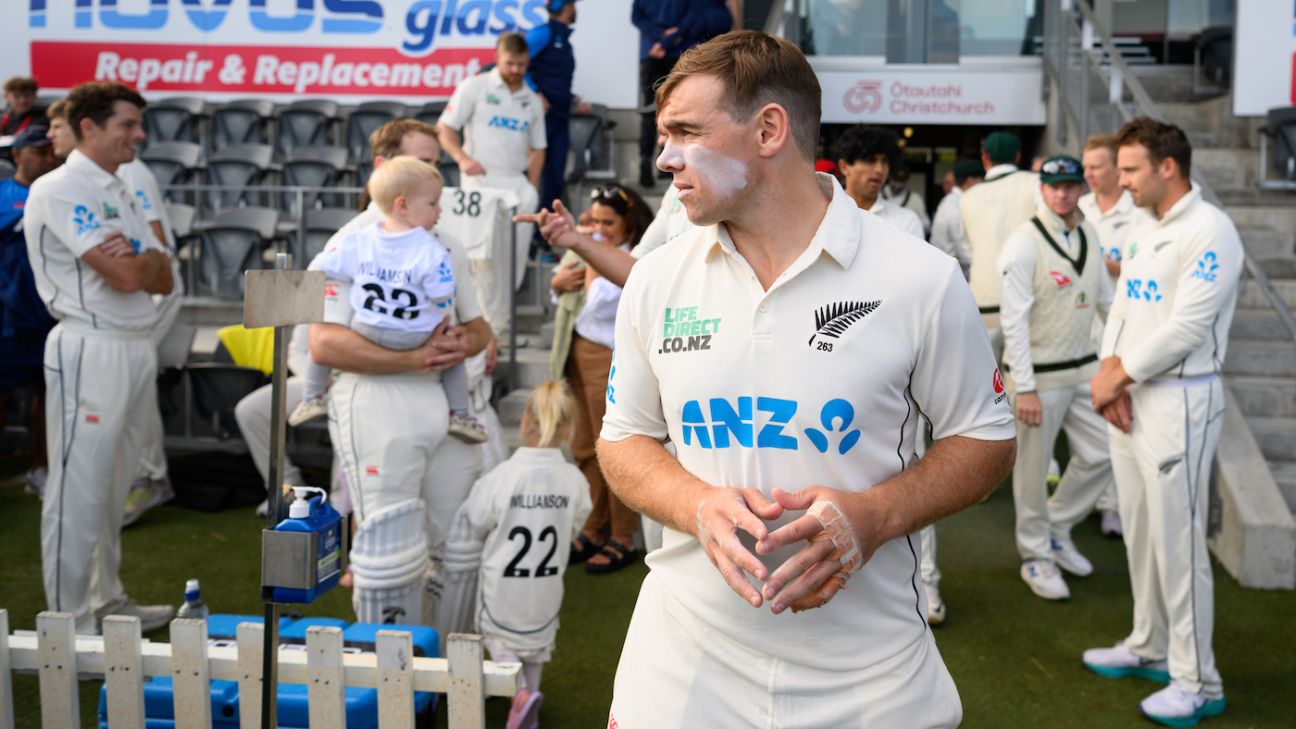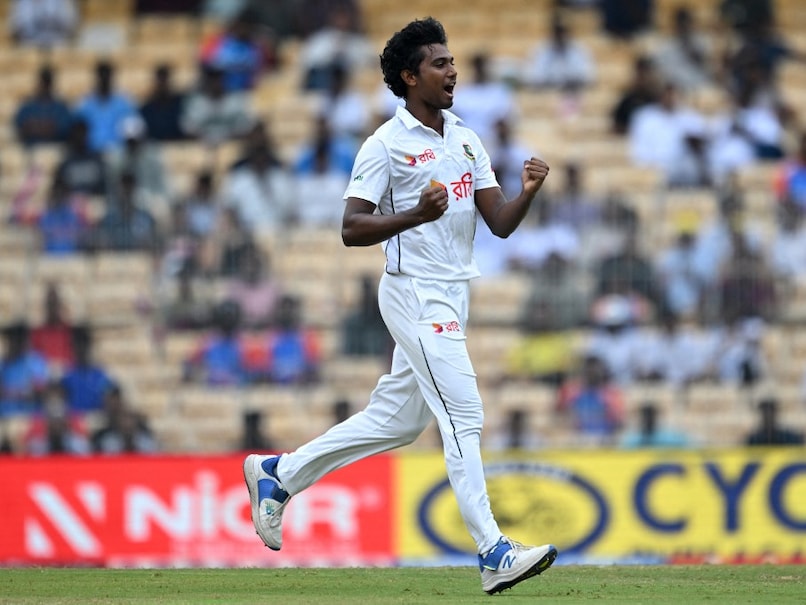Latham Hopes for Fast Bowler Advantage in India Test Opener
New Zealand Test captain Tom Latham is hopeful that the overcast conditions and the pitch being under covers for an extended period due to heavy rainfall in Bengaluru will favor the fast bowlers, giving the visitors a chance to compete in the first Test against India.
Latham acknowledged the challenges New Zealand faced against spin in their recent 2-0 loss to Sri Lanka, where they lost 37 wickets to spinners. However, he emphasized that the team performed well in other aspects, particularly in the first Test in Galle, where they scored 340 and 211.
Despite the setbacks in Sri Lanka, Latham believes that the conditions in India may offer more opportunities for the seamers. He also noted that spin could become a more significant factor in the later stages of the series.
As the new full-time Test captain, Latham is eager to lead the team to success. He has a decent record in Tests in India, with five fifties in as many Tests while averaging 35.70. He is confident that his past experiences in India will be beneficial in this crucial three-game series.
While acknowledging the trend towards more aggressive batting in Test cricket, Latham wants his players to play to their strengths. He believes that each player has a different game plan, and the team’s focus is on allowing them to express themselves and execute their plans effectively.
New Zealand has never won a series in India, and Latham recognizes that his side will need to perform exceptionally well to change that record. He is banking on the team’s recent visits to India and their subcontinent experience to help them achieve a positive result.



